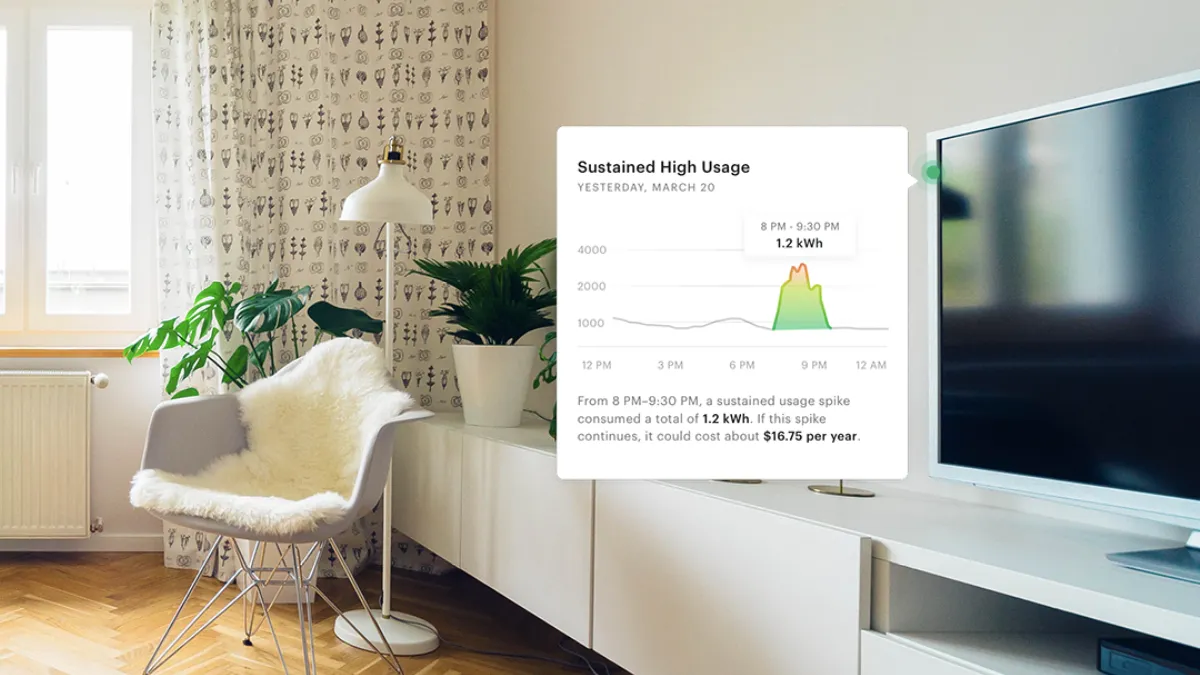The Covid-19 pandemic has created a dilemma for residential electricity customers. They’re spending more time in the safety of their homes, using more electricity than before. Yet, unemployment or underemployment means millions of them have less money to cover the bigger monthly bills. The mismatch has increased their energy burdens. That’s the percentage of income spent on energy, and it disproportionately affects low-income households.
A national survey from May 2020 found that 13 percent of U.S. low-income households were unable to pay their previous month’s energy bills. Another 22 percent reported they had reduced or put off purchases of basics like medicine and food in order to pay their bills. While both the government and utilities have provided aid and relief, it’s estimated that up to twice as many customers are at risk of missing payments, and this is reflected in steadily increasing utility collectibles.
Lawmakers are considering extending moratoriums on utility cut-offs, as well as increased funding for the Low Income Home Energy Assistance Program (LIHEAP) and others. But utilities have another option to immediately help struggling families and simultaneously strengthen customer relationships.
Relief is Already At Hand
According to Pew Research, about 71 percent of adults making less than $30,000 a year own a smartphone, and the number jumps to 78 percent for adults earning up to $50,000. A survey of smartphone usage statistics by Leftronic found that 90 percent of mobile usage time is already spent in applications. So there’s no behavioral changes to overcome in achieving adoption. In fact, with mobile apps available for everything from ordering fresh groceries to tracking exercise, one could argue that utility customers expect the technology to monitor their home energy usage.
Add a home energy management (HEM) app to those smart phones and that’s all customers need to start dealing with greater energy burdens today. While most utilities offer their customers mobile apps to pay their bills, these apps don’t empower customers with the ability to reduce their bills. Only a handful of utilities currently offer HEM apps, and their usage data is telling in light of the changes wrought by the pandemic. Between February and August of this year, Powerley’s utility partners saw a 57 percent increase in downloads of their utility-branded HEM apps. These apps are useful for people struggling to pay bills, but they are also long-overdue for the rest of utility customers who have come to expect a high level of data access from their favorite brands and services.

It Starts with Energy Awareness
The customer energy journey starts with a utility-branded HEM app, offered at no cost. Signing on with their existing account info, households can immediately see energy data visualizations of their daily, or even hourly, power usage. With this information, they can spot trends and begin to see how behavior and weather affect their bills. The visualizations also create positive feedback loops for simple energy-efficiency steps they may choose to test. The statistics show that customers are hungry for this information, with the average user logging on four times a week.
Energy budgeting tools also help customers build broader awareness of their weekly or monthly usage. By setting targets, customers receive alerts when their usage begins to trend beyond their budgets. This helps customers know when to proactively take steps to stay on track and stop unwelcome surprises when their bills arrive. Since March, Powerley’s utility partners have witnessed a 78% increase in customer engagement in energy budget tracking.
Providing Proactive Energy Assistance
Customers can learn how to save even more with the help of personalized energy advice that leverages their energy usage, behavioral and contextual data. The app can provide tips for uncovering energy waste and show how every degree on the thermostat equals dollars in the wallet. To further deepen customization, personal home profiles tune content delivery to unique household attributes and interests, such as carbon emissions or electric vehicles. Our statistics show that personalized energy insights deliver 45 percent more engagement versus energy information alone.
With a new, two-way communication channel in place, utilities can leverage app insights to identify customers who need help and proactively extend assistance. Budget tracking performance and increased alert engagement can be combined with historical backend utility data to provide a better picture, in advance, of those who encountering issues. By proactively providing payment programs or relief, utilities can ease the burden before it is too late. Information on rebate programs, payment plans or financial assistance can be delivered directly, via the app, right at the moment it is needed most.

Empowering Customers with Greater Control
After becoming aware of their energy usage, many customers want to take more control. At AEP Ohio, more than half of HEM app users have continued the journey by upgrading to real-time energy management. The simple hardware upgrade allows for more granular data and personalized advice, leading to average energy savings of 8-10 percent. As Powerley’s utility partners began communicating the benefits of the HEM app more heavily in March and April, after the start of Covid lockdowns. The result was a 60 percent uptick in demand for the real-time energy management.
Ultimately, home energy management is about more than just saving money. Early adopters are already using advanced features to automate efficiency—scheduling smart lightbulbs, thermostats and appliances for added savings, convenience and peace of mind. While that’s not what the cash-strapped customer will do in today’s troubled economy, it is where the industry is heading. And when customers recover financially from the pandemic, the awareness and engagement they could build with an intuitive HEM app would have them primed and ready for participation with advanced rates, demand response programs and other alternative revenue streams. At the very least, these customers will have a deeper relationship with the utilities that extended them a lifeline when they needed it most.
To learn more about how home energy management can help ease the energy burden, visit powerley.com










